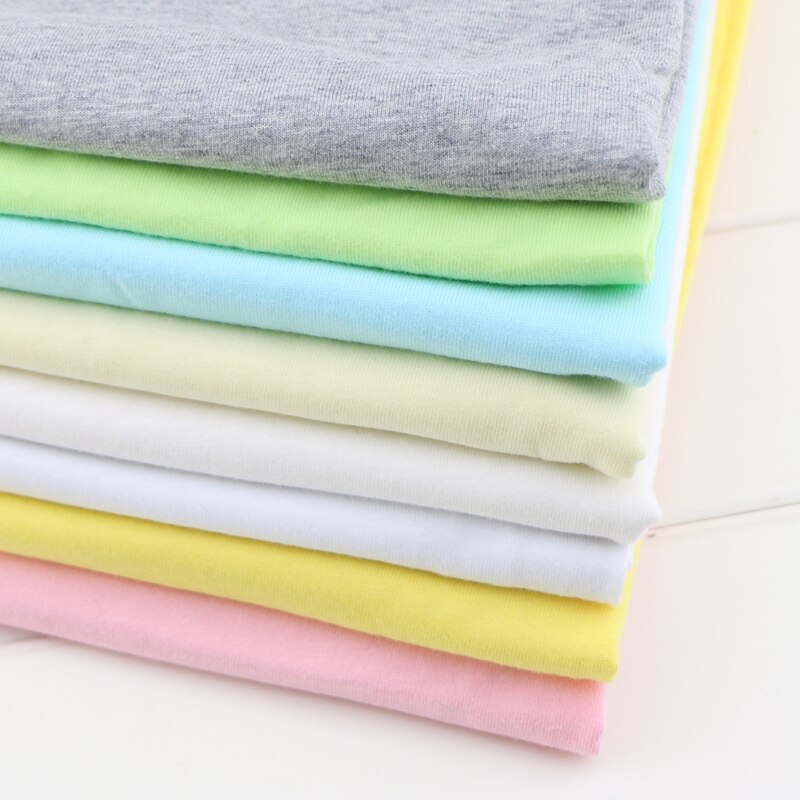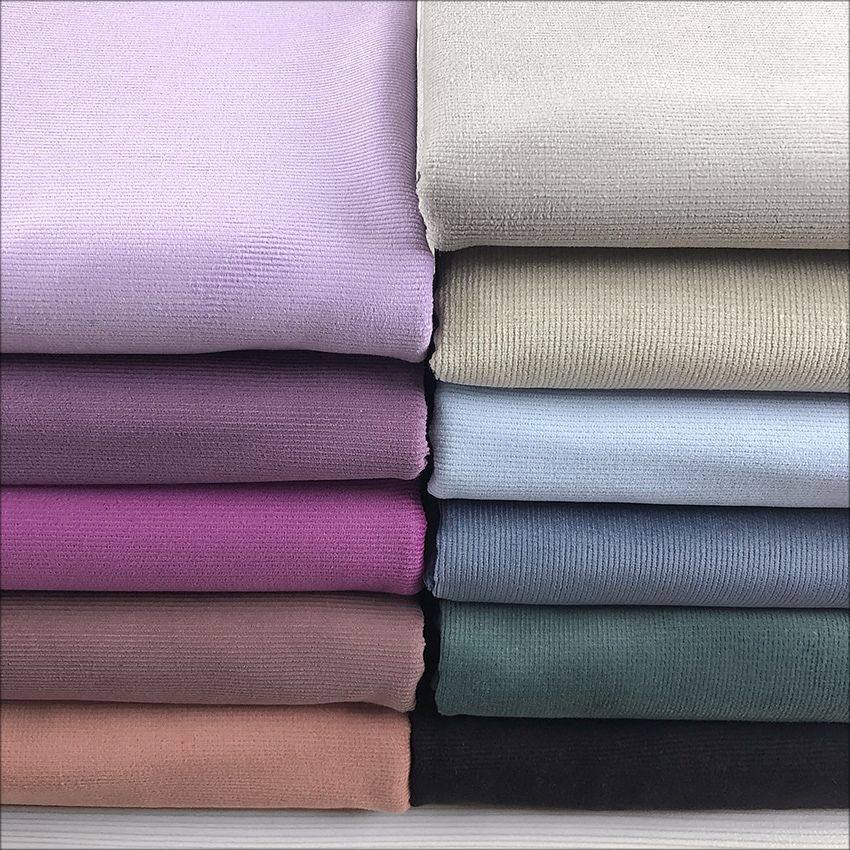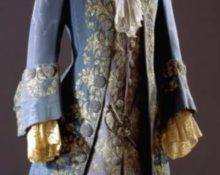Fabric clothes appeared in people's everyday life many centuries ago. Since then, the world of fabrics has undergone enormous changes. Today you can purchase a variety of materials in texture, color and properties used in sewing various wardrobe items. One of the most popular types of fabric is jersey. But few people know what kind of material it is and what its scope of application is, and most importantly, what the canvas consists of and what properties it contains.

Jersey knitwear - what kind of fabric?
The material is a dense weave of threads made from the wool of a special breed of sheep. The fabric is famous all over the world for its lightness, but at the same time its unsurpassed heat retention properties.
Important! The characteristics of the material allow it to be used not only for sewing clothes, but also for making underwear. This is especially true for residents of countries with harsh climatic conditions.
Modern jersey is a machine knitted product.Dense but thin threads fit perfectly against each other, forming a thin but very warm fabric. The famous Coco Chanel introduced dresses and suits made from this fabric into everyday use.
History of the material
The journey of jersey begins on the island of the same name in distant Normandy, where it was made from the wool of a special breed of sheep. The fabric was spun by hand, creating the finest fabric, from which clothes were subsequently sewn.
Important! Many times they tried to use knitwear for sewing fashionable clothes. Such products were not in demand, and the material could not become a leader in popularity.
Coco Chanel was the first to bring dresses made of knitted fabric to the catwalk. This gave new life to the jersey. Dresses and suits from this material began to be produced everywhere. Later, production technology changed noticeably, which led to a significant reduction in cost.

Description
Jersey is a knitted fabric that is woven on knitting machines using special techniques. The style of creation is called single-row weaving. The finished product is characterized by differences between the front and back sides. In particular, on the front part of the product there are noticeable “braids”, which are characteristic of any knitted fabric. From the inside, the stripes are horizontal due to the special arrangement of the loops.
Important! A distinctive feature of jersey is its ability to stretch well horizontally, but at the same time it does not stretch at all vertically. This helps keep your clothes looking presentable.
Depending on the composition, many properties of the fabric change. For example, when adding elastane, the product begins to stretch well, but without losing its original shape. By containing exclusively natural threads, the finished garment looks very impressive and retains maximum warmth to its owner.
Jersey jersey: composition
The number and nature of jersey components can vary greatly. There are several main varieties, depending on the naturalness of the composition or the addition of synthetic compounds to it.
- original version (canvas made of pure merino or angora sheep wool);
- from threads of natural origin (wool, silk, cotton or linen can be used here);
- from synthetic materials (for example, lycra, polyester, elastane and others).
Viscose is often used to produce jersey. However, this type of components also tends to differ from each other. Viscose can be bamboo or eucalyptus.

Advantages and disadvantages
The first thing you should pay attention to when determining the quality of a jersey is its composition. If the fabric is made from natural materials, it usually meets the highest requirements. When using synthetics, the characteristics are very different.
Despite everything, there are several advantages of the material that apply to all types of jersey:
- warmth and hygroscopicity (special weaving used in production allows the body to “breathe” freely and remove excess moisture);
- softness (one of the most important advantages, especially if underwear and underwear, dresses or other products are made from such knitwear);
- ease of care (ease of washing and ironing increases its popularity);
- the possibility of draping (jersey stretches a little in width and allows you to create soft, even draperies);
- does not wrinkle (thanks to the special type of knitting, the fabric practically does not wrinkle).
The material has practically no disadvantages. It looks good in a variety of conditions. Sometimes experts note that the colors of the finished canvas are not too bright, preventing the implementation of original ideas for creating stylish images.
Conditions of care
Knitwear is easy to wash by hand or in a washing machine. It does not deform and remains in its original form for a long time. It is recommended to use a rinsing water temperature of no more than 20 degrees.

It is better to iron knitwear using a steamer. If this is not possible, you can use a thin damp cloth through which the jersey is ironed.
The fabric is made from different materials, which allows you to set flexible prices for finished products. It is used in various industries, which significantly increases the popularity of the material.


 0
0





